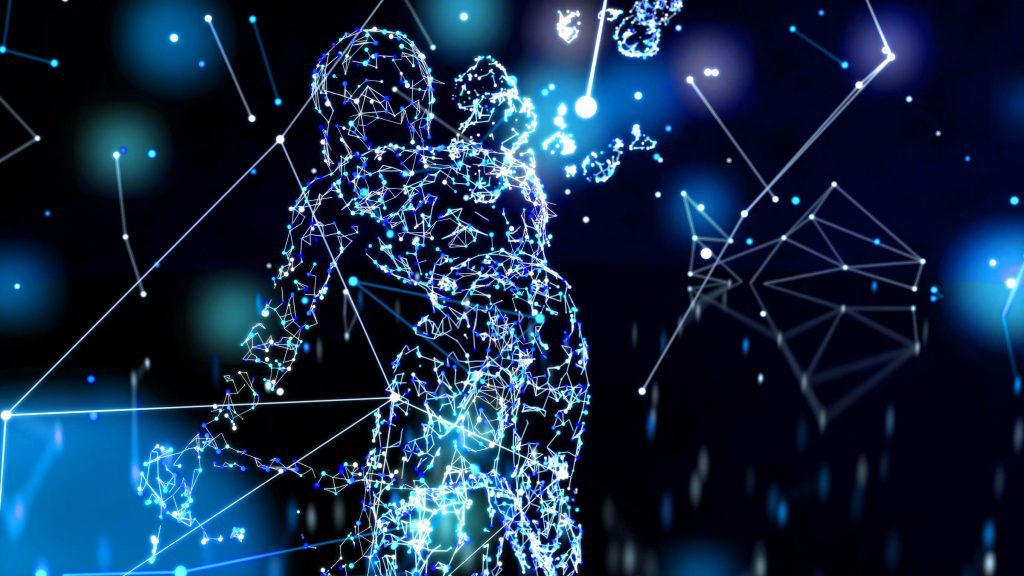
Generative AI’s psychological “abundance bubble” trigger is creating a new social dilemma through the overwhelm of the human mind with artificially produced content devaluing creativity. AI-driven creativity is blurring the lines between human and machine-generated work.
It’s a relentless flood of AI texts, images, and media that’s not only cognitively taxing but is also fostering a toxic culture of mediocrity, where society is wrestling with the emotional burden of an inauthentic digital ecosystem.
Digital assistant’s mimicking of human empathy to algorithms is generating endless texts and images, resulting in AI having made itself feel enough although AI limitations in replacing human creativity are still present. Yet, as Stanford researchers warn, this cognitive abundance may be creating confusion, dependence, and even psychological harm.
Meanwhile, thinkers like Dr. Georgios Mappouras question whether a creative machine can ever achieve genuine creativity or understanding. What emerges is a critical reflection on the limits of human and artificial intelligence and the fragile structures that give thought to its depth.
Creative AI Slay the Spire
The idea of abundance once meant freedom but with time, consciousness and AI art innovation would make art abundance disappear. As behavioral researcher John Calhoun showed in his 1960s “mice utopias,” even plenty can lead to collapse. His rodents lived with endless food and safety yet fell into chaos, aggression, and apathy. Calhoun stated that survival isn’t just by the presence of resources, but it depends on structure, roles, and purpose.
Those words are loud today, as large language models (LLMs) flood the world with synthetic cognition.
What once required deep thought now unfolds in seconds with the help of AI as a creative tool. But abundance, warns psychologist Barry Schwartz, can backfire. Too many choices can paralyze us. AI-driven creativity tools generate thought and risk becoming “brilliance without substance,” a cognition that overwhelms rather than enlightens.
A Stanford University study, “Expressing stigma and inappropriate responses prevents LLMs from safely replacing mental health providers,” found that OpenAI and Character.ai chatbots failed to recognize users simulating suicidal ideation, sometimes helping plan their own deaths.
“These aren’t niche uses – this is happening at scale,” said Nicholas Haber, the study’s author. The danger of AI hacks for creative minds, experts say, is that users are mistaking algorithmic affirmation for understanding.
As AI becomes a “companion, coach, and confidant,” reliance grows easier. By outsourcing curiosity and memory, users risk “atrophy of critical thinking.” Even using Google Maps shows how convenience dulls awareness. AI’s cognitive comfort may lessen capacities that once defined intellect.
Deep Thinking: Where Machine Intelligence Ends and Human Creativity Begins
If abundance exposes fragility, AI-driven creativity reveals scarcity’s value but let’s not dismiss the idea of how generative AI can augment human creativity. On the Mind Matters podcast, Dr. Georgios Mappouras proposed a “Turing Test 2.0,” designed not to detect imitation but creativity the ability to generate something truly new.
Mappouras and host Robert J. Marks revisited the Lovelace Test, which suggests an AI is creative only if its output surprises its creator. Yet, as Mappouras mentioned, if a designer builds an AI content saturation, then surprise cannot be the measure of success. Creativity, he argued, isn’t random, but it’s about originality with purpose.
Can AI Replace Human Creativity on the Long Run?
Constant exposure to AI outputs is leading to cognitive depletion, eventually diminishing appreciation for human creativity and replacing it with AI-driven creativity. Turning machines into tools with the human mind, and human minds rendered machines.
As the market becomes saturated with homogeneous content, the appreciation for human originality will slowly fade away.
Mappouras touched on the idea of creative how AI is homogenizing our thoughts and how machines may process data, but they lack what he called the “flash of genius” those puzzling human insights that transform perception. As Nobel physicist Roger Penrose observed, parts of human understanding might be non-algorithmic, beyond computation itself.
Mappouras warned against a “false prophet” problem, trusting AI as we once trusted human authority. Feeding AI’s outputs back into its training could trigger “model collapse,” a feedback loop of imitation, not innovation.
True intelligence requires what abundance alone cannot provide: structure and the will to create something more than reflection.
As AI-driven creativity tools rise, it reveals that thought itself can be mass produced, yet wisdom cannot. From Calhoun’s mice to Mappouras’s Turing Test 2.0, the message remains clear; abundance without purpose leads to collapse.
The challenge is not to resist AI for creatives growth, but to protect what remains of the scarcities of wisdom, originality, and meaning that keep humanity creativeness in an age of machine intelligence and the reliance on it.
Inside Telecom provides you with an extensive list of content covering all aspects of the tech industry. Keep an eye on our Intelligent Tech sections to stay informed and up-to-date with our daily articles.